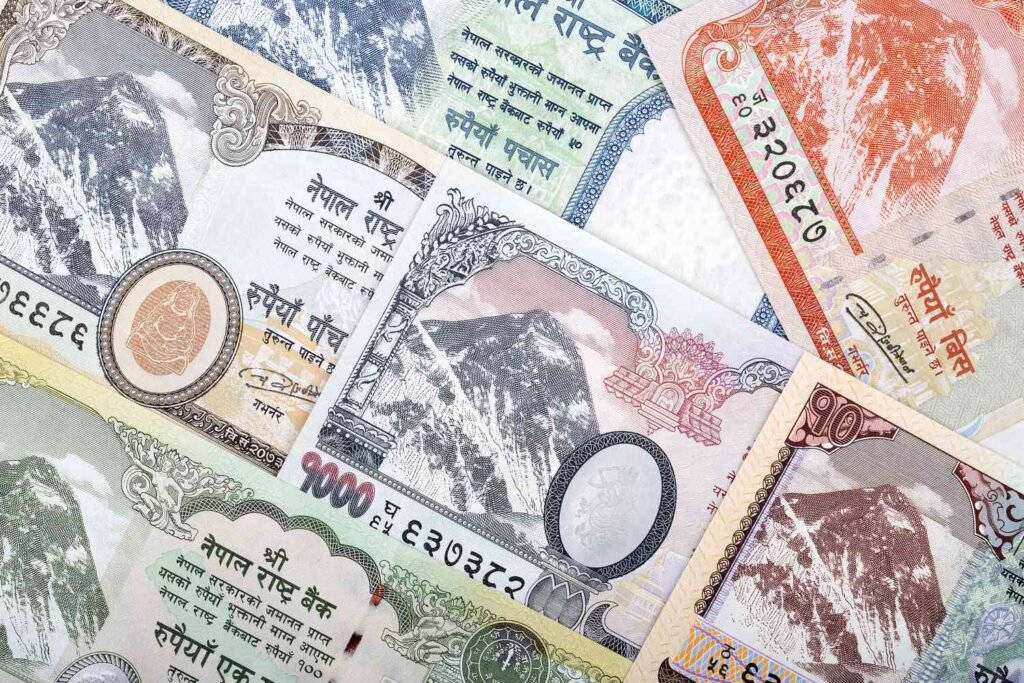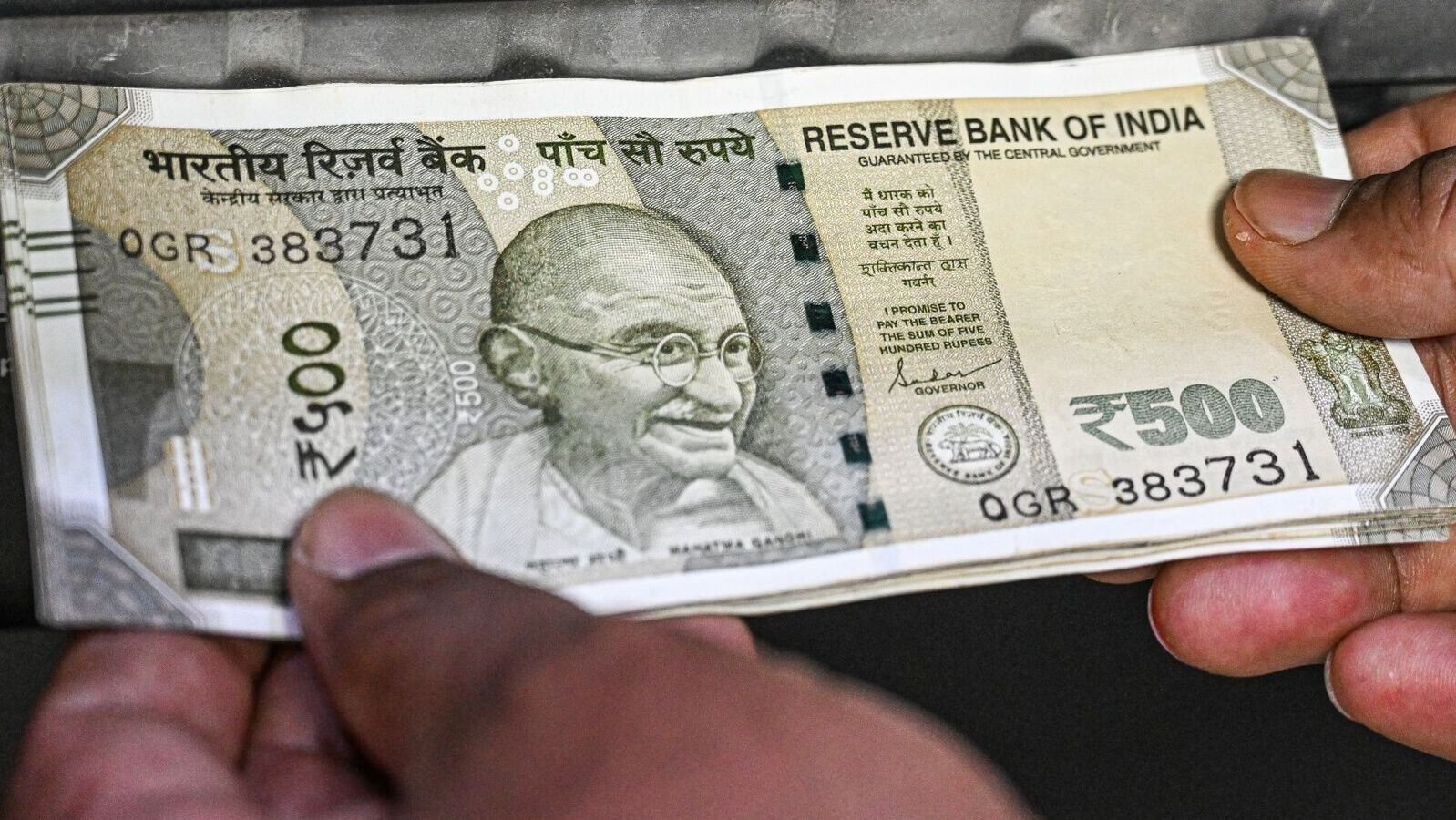What Is the Nepalese Rupee (NPR)?
The Nepalese rupee (NPR) is the national currency of Nepal, introduced in 1932 to replace the Nepalese mohar. It is issued and regulated by the Nepal Rastra Bank, which oversees monetary policy and currency stability.
The NPR is pegged to the Indian rupee, a link that helps maintain exchange rate stability but limits Nepal’s monetary flexibility. The currency is available in coins and banknotes across various denominations, though multiple exchange rates and limited convertibility can pose challenges. Nepal’s modest economic growth and periodic inflation continue to influence the rupee’s purchasing power.
Key Takeaways
- The Nepalese rupee (NPR) has been Nepal’s currency since 1932, succeeding the Nepalese mohar.
- The NPR is pegged to the Indian rupee (INR) at 1.6 NPR to 1 INR.
- NPR transactions can be complicated due to multiple exchange rates, including a black market rate.
- The NPR is available in various coin and banknote denominations, including paisa and rupees.
- Nepal’s economy has grown significantly, with recent GDP growth rates over 4%.
History and Structure of the Nepalese Rupee (NPR)
The NPR was introduced in 1932, replacing the previous currency, the Nepalese mohar. Its exchange rate is based on a peg set against the Indian rupee (INR). In 1993, Nepal introduced new convertibility to its currency. The change pegged the NPR to the INR at a rate of NPR 160 to INR 100.
The NPR is divided into units known as “paisa” and is circulated in both coin and banknote forms. One rupee is made up of 100 paisa. Today, the NPR’s coins are denominated in units of 1, 5, 10, 25, and 50 paisa. Coins are also denominated in rupees: 1, 2, 5, and 10. The banknotes are denominated in units of 1, 2, 5, 10, 20, 50, 100, 500, and 1,000 rupees.
Navigating Exchange Rates for the Nepalese Rupee (NPR)
Foreigners may find NPR transactions challenging due to three main exchange rates: official, legal private bank, and black market. Of these, the most favorable exchange rates are generally found in the black market. For this reason, much local commerce takes place at the black-market exchange rates. Most tourists rely on private banks, leading to less favorable rates, similar to formal exchange businesses and airport services. These authorized agents will transact at private banking rates.
Travelers should keep receipts for currency transactions to confirm the use of legal agents, due to legal ambiguities.
Economic Growth and Challenges in Nepal
Nepal’s economy has grown at an average rate of roughly 4% between 1965 and 2019. GDP growth was 5.63% in 2022 but was 1.95% in 2023. Between 2008 and 2016, inflation hovered around 9% but dropped to roughly 3.6% in 2017. Since then, it has edged back up and was slightly higher than 4% in 2021.
Relative to the USD, the NPR has depreciated over the past 10 years. In September 2009, 1 USD was equivalent to just over 77 NPR; however, by September 2024, the value of 1 USD had risen to approximately 133 NPR.
How Much Is $1 U.S. in Nepal?
In Nepal, $1 U.S. is worth 133.9 Nepalese rupees as of Sept. 21, 2024. It is approximately 148 rupees to one euro.
Is the Nepal Rupee the Same As the Indian Rupee?
No, the Nepal rupee is not the same as the Indian rupee. They are two different currencies belonging to two different nations. The Nepal rupee, however, is pegged to the Indian rupee. “Rupee” is the name of the currency for many countries, much as the dollar is—for example, the U.S. dollar, Canadian dollar, and Australian dollar.
Which Is the Lowest Currency in the World?
The currency with the lowest value in the world is the Iranian real. The reason its currency is so low is because of its poor economy, which has been battered by global sanctions due to the country’s involvement in terrorism and its general political instability.
The Bottom Line
The Nepalese rupee (NPR) is the national currency of Nepal, pegged to the Indian rupee (INR) at NPR 160 to INR 100 since 1993. It remains closely tied to India’s economy, and is available in coins and banknotes with paisa as a subunit.
The NPR has witnessed fluctuating GDP, inflation, and depreciation against the USD. Travelers should note Nepal’s three exchange rates (official, legal, and black market), and keep receipts from authorized exchanges.







